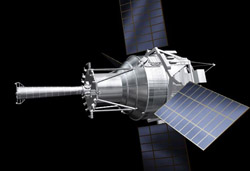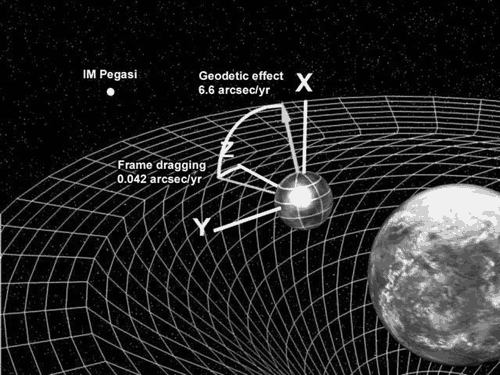Gravity Probe A
Launched in 1976 for a suborbital mission lasting 1 hr and 55 minutes, Gravity Probe A carried a precise clock to explore the structure of space and time. The experiment used the highly accurate atomic hydrogen MASER atomic clock, and recorded how it measured time as it rose to weaker levels of gravity, then fell back to the Earth. The purpose of the experiment was to determine whether time progressed at a different rate in conditions where gravity is weaker. This difference in the rate of passage of time, predicted by Einstein's Theory of Relativity, is called the "redshift." The primary objective of the mission was to test a portion of Einstein's gravitation and relativity theories called the "Principle of Equivalence," to an accuracy of 200 parts per million.
The Gravity Probe A payload was launched in 1976 from the NASA-Wallops Flight Center in Virginia. It followed an elliptical flight trajectory over the Atlantic, attaining an altitude of 10,000km (6,200 miles) above the Earth before crashing into the Atlantic Ocean.
During this short trip, GP-A transmitted accurate measurements of slight changes in the clock's rate in lower gravity, and provided the best test of this portion of Einstein's theories that has been performed to date.
At the peak height of 10,000 km the clock should run 4.5 parts in 1010 faster than on the Earth's surface according to general relativity. The MASER clock's accuracy was reported to be 1 part in 10-15. The observed effects matched the prediction to an accuracy of about 70 parts per million.
References:
NASA Gravity Probe-A
Wiki Gravity Probe-A
|
Index
Solar System Illustration
Solar System Concepts
Telescopes |


